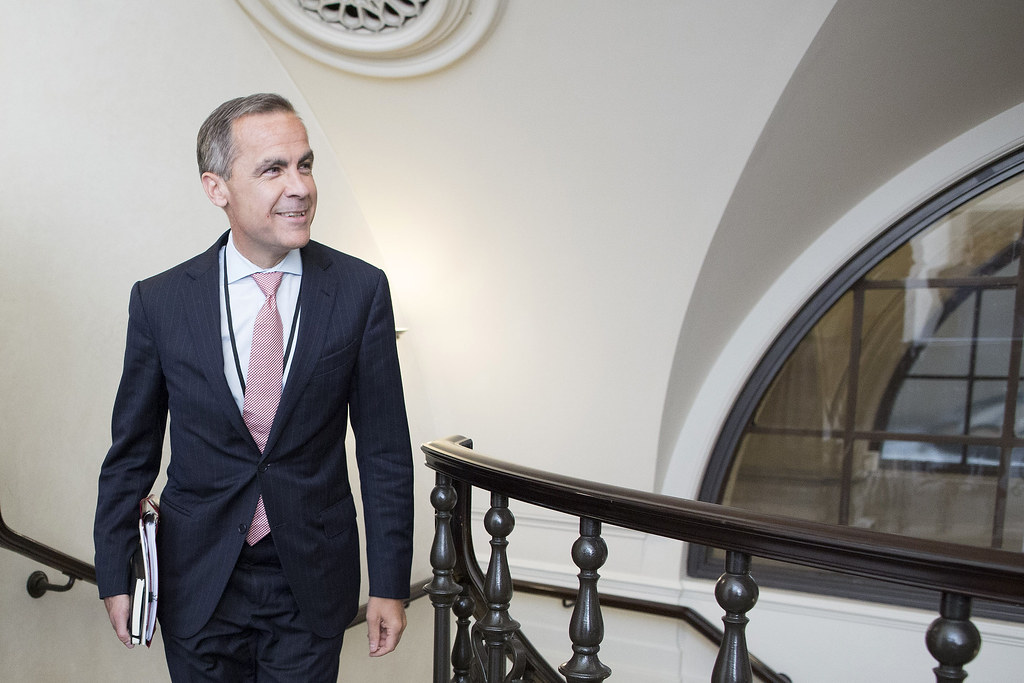
Canada plans to increase its NATO defence spending target in part by developing its critical minerals sector and the necessary infrastructure to export these resources, Prime Minister Mark Carney said ahead of the NATO summit in the Netherlands.
Speaking in a pre-summit interview, Carney expressed confidence that alliance leaders will agree to raise the spending target to 3.5 per cent of GDP over the next decade, moving closer to the proposal of a 5 per cent target put forward by NATO Secretary-General Mark Rutte.
Understanding the New NATO Spending Proposal
Rutte’s plan calls for 3.5 per cent of GDP to be allocated toward core defence needs such as military equipment, while an additional 1.5 per cent would go toward defence-adjacent areas like infrastructure, cybersecurity, and industry.
For Canada, a 5 per cent target would translate to roughly $150 billion annually, a significant increase from the $41 billion spent last year.
Carney emphasized that investments in critical mineral deposits, including lithium, cadmium, and nickel—essential for modern technology and defence systems—will contribute to meeting the spending target. Much of this investment will focus on infrastructure improvements such as ports and railroads, enabling efficient export of these minerals.
He noted that some of this work will be done in partnership with the European Union, the U.K., and other allied countries, helping Canada fulfill its NATO responsibilities while also benefiting its domestic economy.
Diverse Views Among NATO Members
While several NATO members, including Britain, France, Germany, and those near Ukraine’s borders, support the 5 per cent target, not all allies agree. Spain has secured an exemption, and leaders in countries like Slovakia have expressed concerns about the fiscal impact.
Canada itself has supported increasing defence spending but seeks clarity on the timeline for meeting new targets, with Prime Minister Carney suggesting a gradual approach that includes re-examination points along the way.
Last year, Canada committed to reaching 2 per cent of GDP on defence by 2032, but Carney indicated this could happen sooner. At the summit, Canada also signed a new defence and security pact with the European Union, aimed at expanding cooperation and procurement opportunities within the allied industrial base.
What The Author Thinks
Canada’s strategy to link critical mineral development with NATO spending targets is a smart and forward-looking approach. By investing in these essential resources and related infrastructure, Canada not only supports alliance goals but also strengthens its own economic and technological sovereignty. This dual focus could serve as a model for other countries facing the challenge of balancing defence commitments with sustainable economic growth.
Featured image credit: Bank of England via Flickr
For more stories like it, click the +Follow button at the top of this page to follow us.
